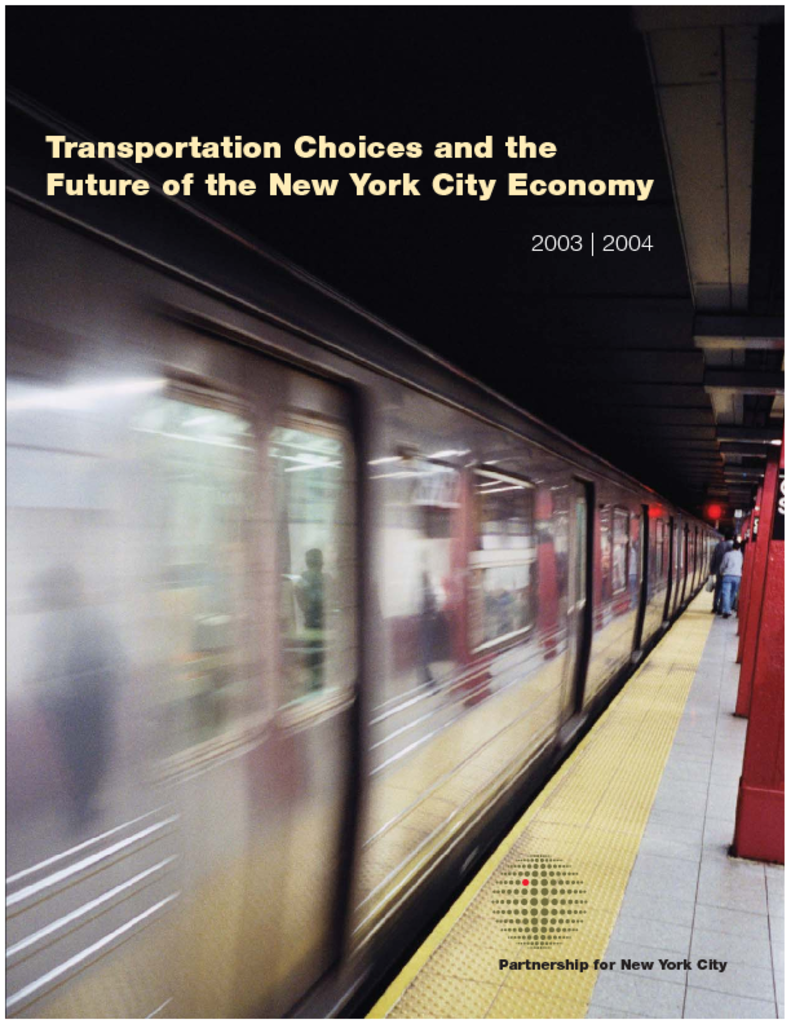Over the last decade, a large number of high capital cost transportation projects have been proposed for the New York City Region. Many have resulted from addressing evolving capacity needs, changes in regional demographics and economics, meeting the improvements necessitated by operating century old subway systems and recognizing the impact of moving freight in a dense region. But the catalyst for bringing all of these projects to the attention of the public and all regional agencies was the tragedy of September 11, 2001. While these projects entail massive investments ($50–$60 billion), little analytical work has been carried out to measure the transportation and economic costs and benefits they entail and to categorize them accordingly. Competition among agencies to secure adequate resources to implement any of the desired projects makes such analysis necessary; yet there still remain political, vested economic interests and agency rivalry barriers to achieving this important planning objective. This project represented a first-of-its-kind effort to assess these competing and complementary projects on a level playing field. It included an indepdent analysis of the project's transportation benefits by the University Transportation Research Center, as well as a parallel effort by the Boston Consulting Group to assess the broader non-transportation economic benefits of the projects.




